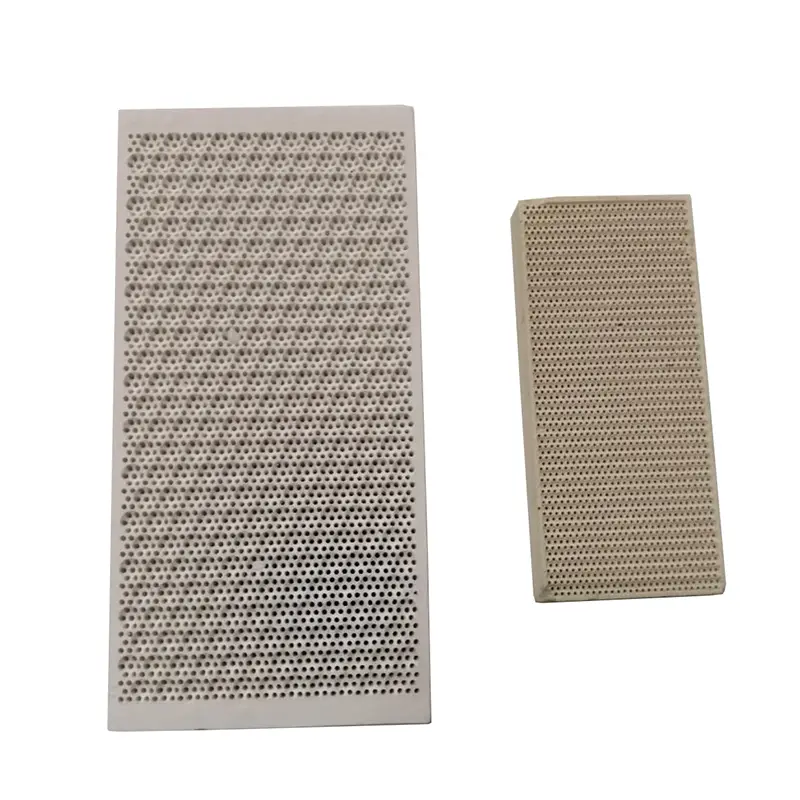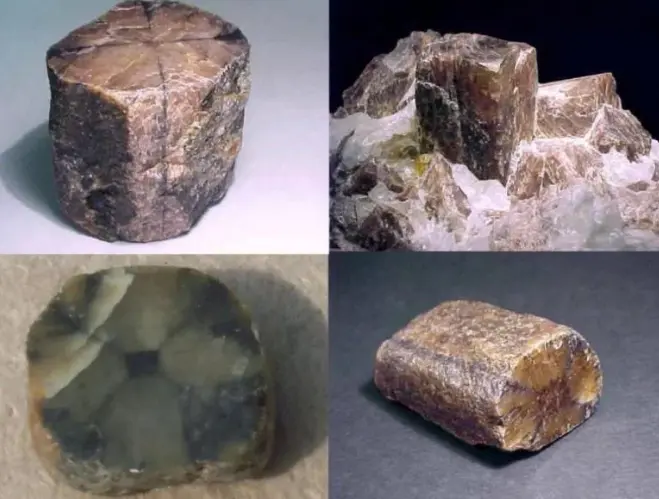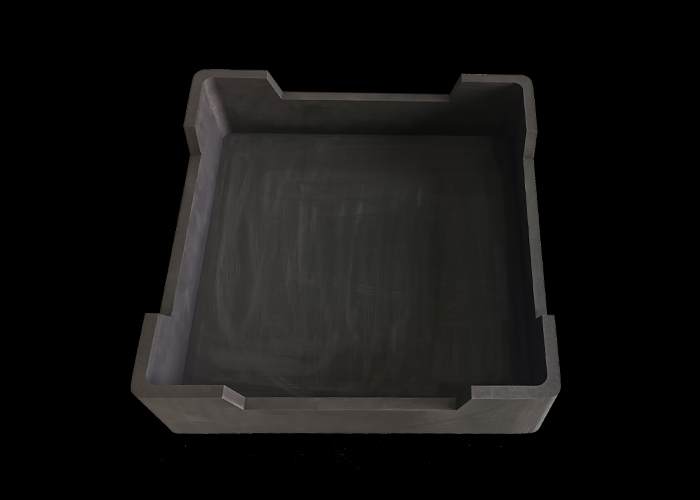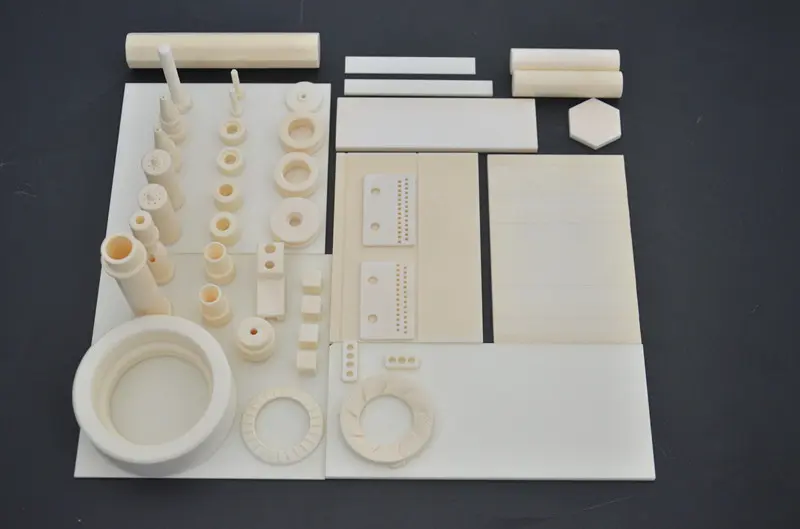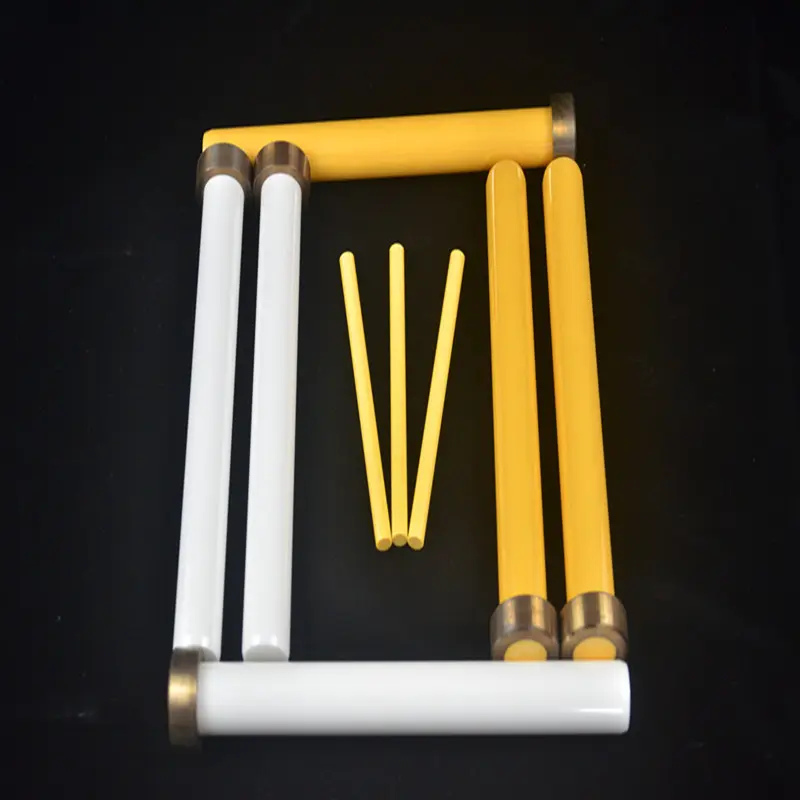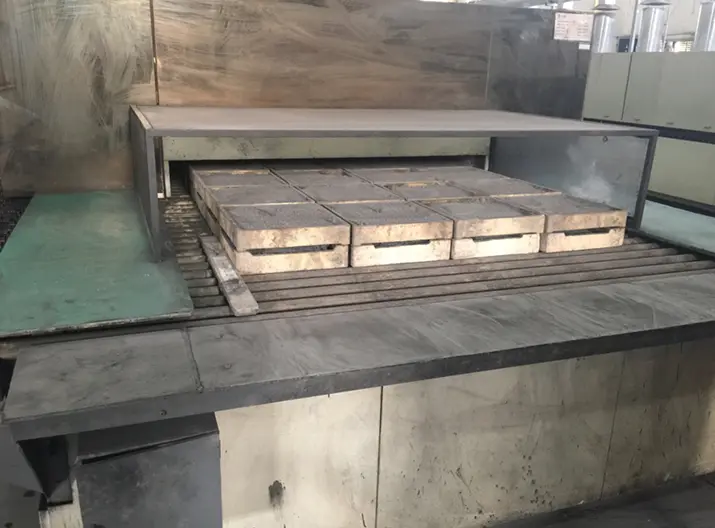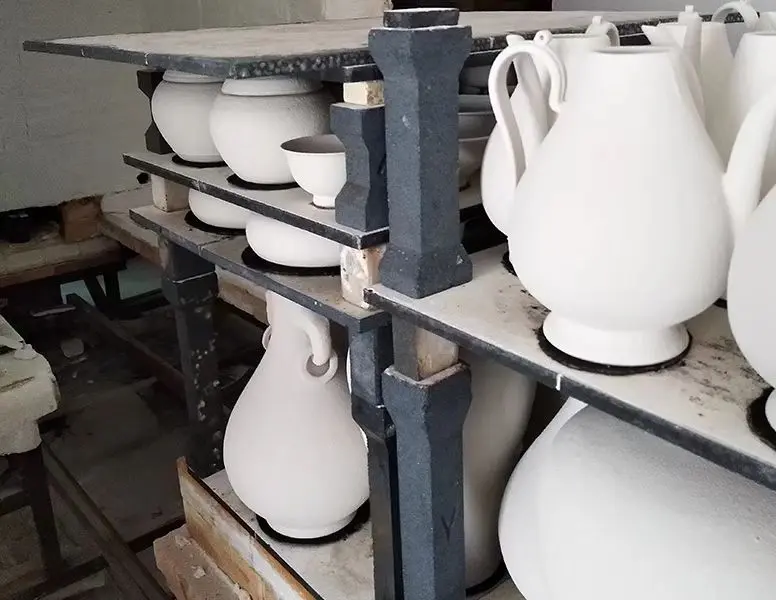Application of Ceramic Rollers in Roller Hearth Kilns
In a roller hearth kiln, ceramic rollers form a rotating bed that supports and conveys products through different heating and cooling zones. The uniform rotation of these rollers ensures even heat distribution, minimizing thermal stress on the processed materials and reducing the risk of deformation or cracking. This is particularly important in the production of ceramic tiles, sanitaryware, and advanced Technical Ceramics, where dimensional accuracy and surface quality are critical. The high-temperature durability of ceramic rollers allows them to maintain structural integrity even under prolonged exposure to aggressive atmospheres, such as those containing corrosive gases or abrasive particles.
One of the key advantages of ceramic rollers is their low thermal expansion coefficient, which prevents warping or bending at high temperatures. This ensures smooth, frictionless movement of products through the kiln, reducing energy consumption and improving production efficiency. Additionally, their high hardness and wear resistance minimize surface degradation over time, extending their service life and reducing maintenance costs. Compared to metal rollers, ceramic rollers do not oxidize or deform at high temperatures, making them ideal for oxidizing or reducing kiln environments.
Another significant application of ceramic rollers is in the glass industry, where they are used in annealing lehrs to slowly cool glass products, ensuring stress relief and preventing brittleness. Their non-reactive nature prevents contamination of sensitive materials, making them suitable for firing electronic components such as multilayer ceramic capacitors (MLCCs) or lithium battery materials.
In summary, ceramic rollers are vital components in roller hearth kilns, offering superior thermal and mechanical performance that enhances product quality, operational efficiency, and kiln longevity. Their ability to endure harsh conditions while maintaining precision makes them a preferred choice for high-temperature industrial processes. Ongoing advancements in ceramic material science continue to improve their performance, further expanding their applications in modern manufacturing.


